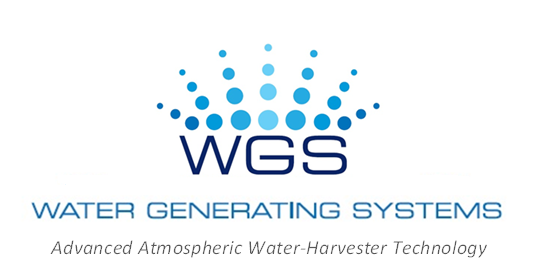‘Give us enough water’ was the rallying cry for villagers who blocked a highway in the Indian village of Surajkaradi to protest the village’s dwindling water supply. The village’s main source of water, Narmada water, has not delivered water for the last two weeks. A lack of rainfall has left groundwater sources dry, leaving villagers dependent on alternative sources like Narmada.
Read more here: Villagers block highway, seek adequate water supply
